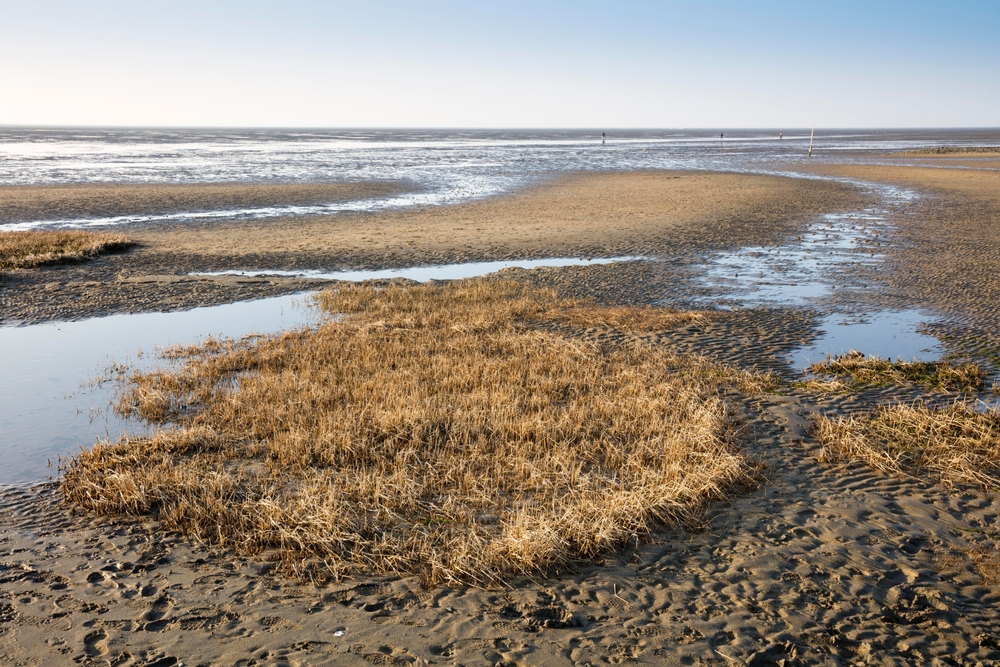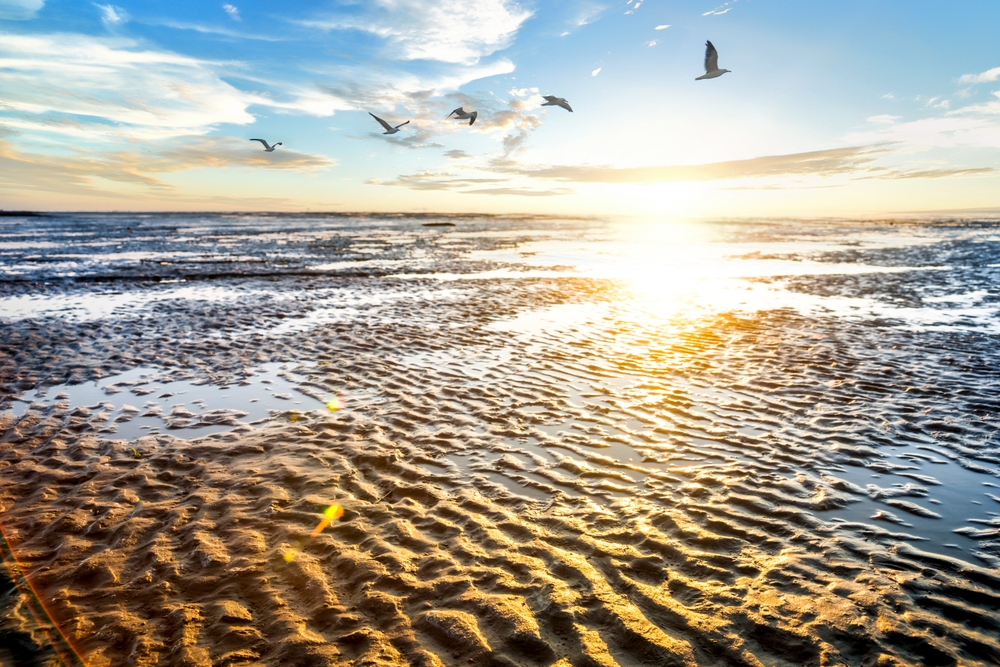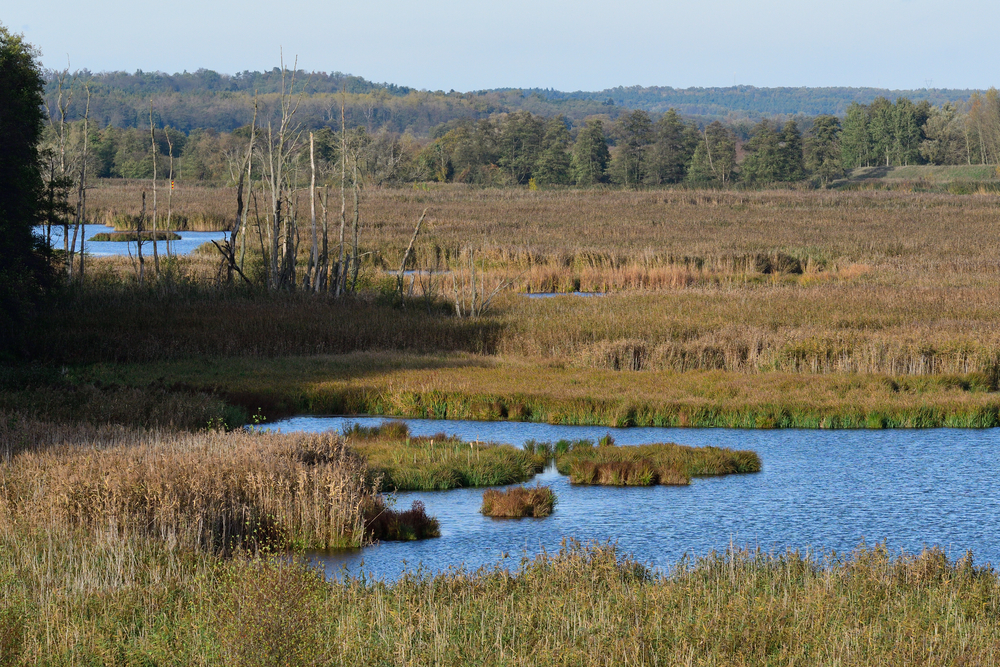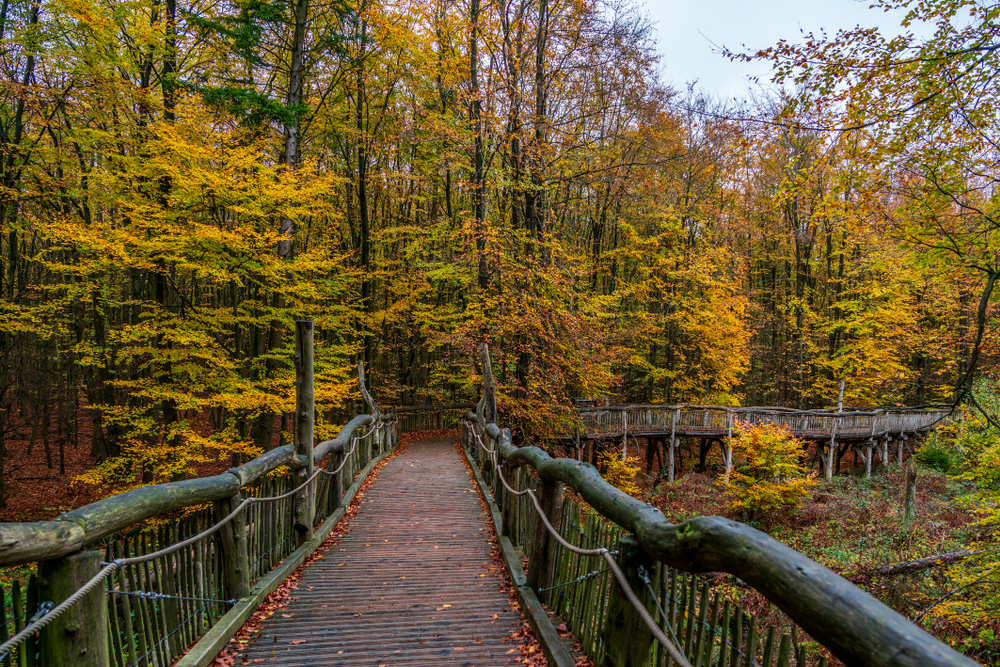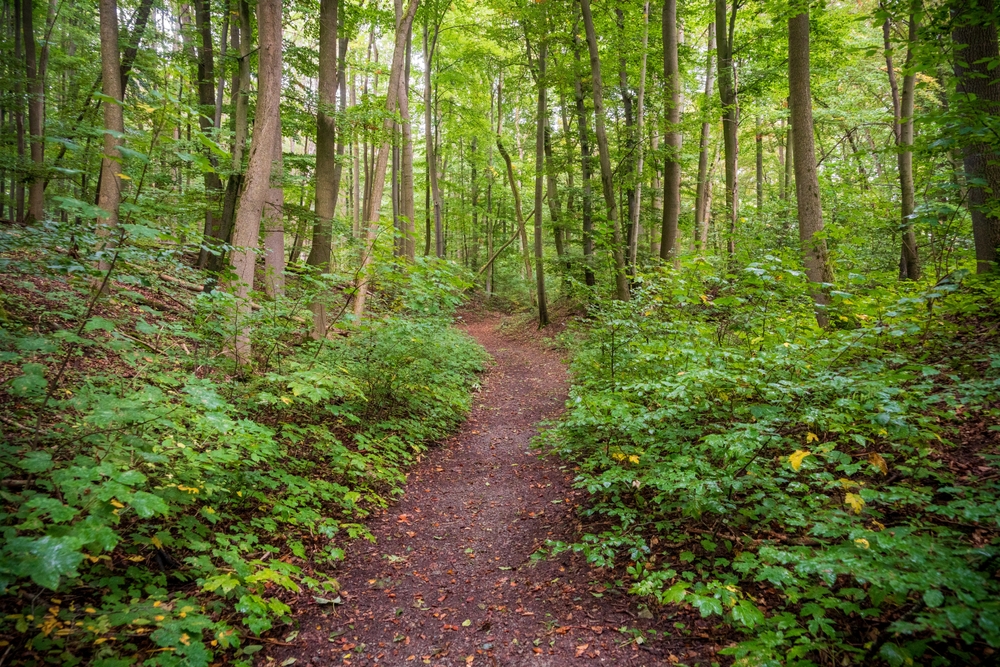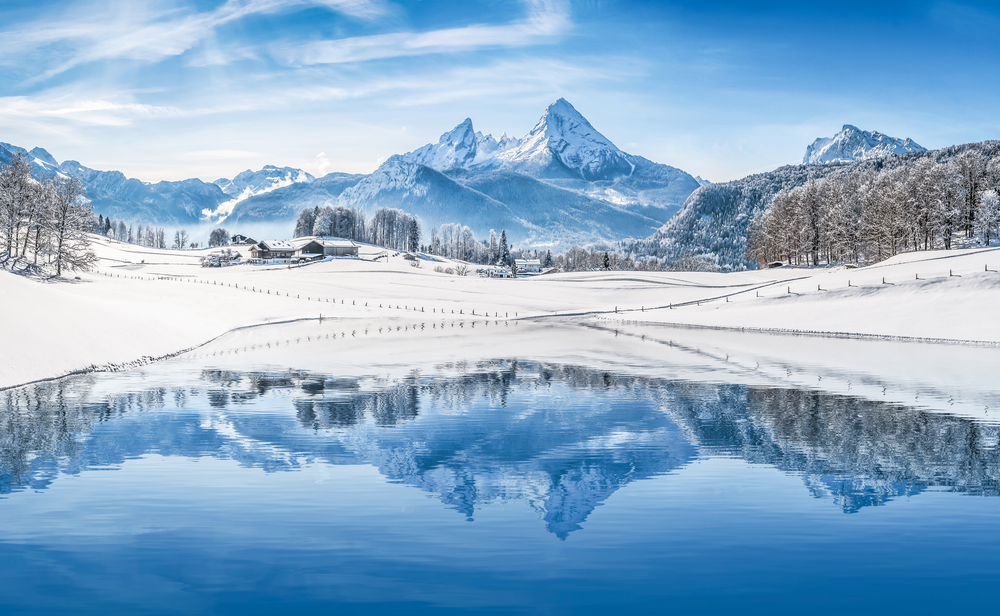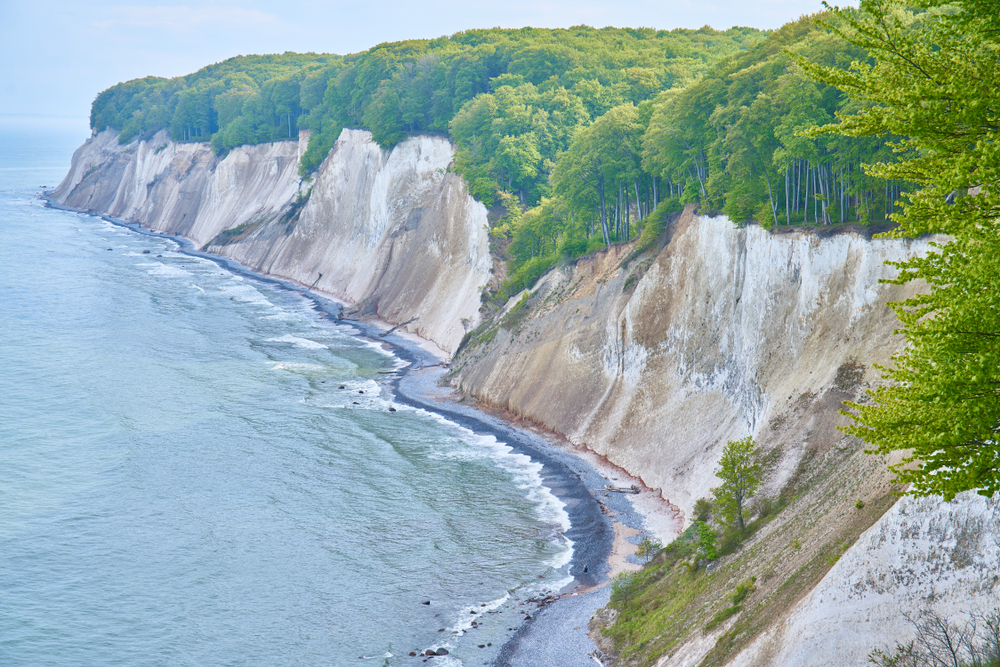Lower Saxon Wadden Sea Overview
Lower Saxon Wadden Sea National Park, known locally as Nationalpark Niedersächsisches Wattenmeer, is a remarkable coastal protected area located in northwestern Germany along the North Sea.
Covering approximately 1,379 square miles (3,565 square kilometers), it is the second-largest national park in Germany and an integral part of the Wadden Sea, a UNESCO World Heritage Site.
The park stretches along the Lower Saxony coastline from the Dutch border to the Elbe River estuary and encompasses a dynamic and ever-changing tidal landscape that includes mudflats, salt marshes, dunes, and barrier islands. The interplay between the tides and the shallow seabed creates an environment that is rich in biodiversity, with habitats that support a unique array of flora and fauna.
The terrain of the park is characterized by vast intertidal mudflats that are exposed during low tide and submerged during high tide, providing a crucial feeding ground for millions of migratory birds. The islands within the park, including Wangerooge, Spiekeroog, and Juist, feature extensive sand dunes, tidal inlets, and salt marshes that support specialized plant species adapted to the salty and shifting conditions.
The park’s salt marshes are vibrant with plant life, including sea lavender and common glasswort, which thrive in the harsh coastal environment. Sandbanks and offshore shoals further contribute to the park’s diverse coastal geography, shaping the region’s ecological dynamics.
The wildlife in the Lower Saxon Wadden Sea National Park is incredibly diverse, with an emphasis on birdlife and marine species. It is one of Europe’s most important stopover points for migratory birds, attracting millions of shorebirds, geese, and ducks that use the region as a resting and feeding ground along the East Atlantic Flyway. Key bird species include the Eurasian oystercatcher, bar-tailed godwit, red knot, and Arctic tern, all of which depend on the rich mudflats to sustain their long migrations.
The park is also home to a significant population of harbor seals and gray seals, which can often be seen resting on the sandbanks or swimming in the shallow waters. Additionally, porpoises occasionally venture into the tidal channels, adding to the park’s marine biodiversity.
One of the most popular features of the park is the dramatic tidal flats, which attract nature enthusiasts eager to experience the ever-changing seascape. Guided Wattwanderungen (mudflat hikes) allow visitors to walk across the seabed during low tide, providing an up-close view of the unique ecosystem.
The islands within the park offer sandy beaches and dune landscapes that are perfect for birdwatching, photography, and peaceful walks. The historic lighthouses and traditional fishing villages along the coast add to the region’s charm, making it a favorite destination for both relaxation and exploration.
Visitors to the park can engage with the landscape in multiple ways, from boat tours that provide opportunities for seal watching to cycling routes along the dike systems that offer panoramic views of the coastline.
Kayaking through the tidal channels allows for a deeper appreciation of the interplay between land and sea, while nature reserves and visitor centers offer educational programs about the park’s ecology and conservation efforts.
Conservation challenges in the park include climate change, rising sea levels, and increasing human activity that threatens the delicate balance of the tidal ecosystem. However, the park’s management has achieved notable successes in habitat restoration, seal protection, and sustainable tourism initiatives.
Strict regulations help minimize human impact on the fragile environment, ensuring that the park remains a sanctuary for wildlife and a vital part of the Wadden Sea’s ecological integrity.








































































